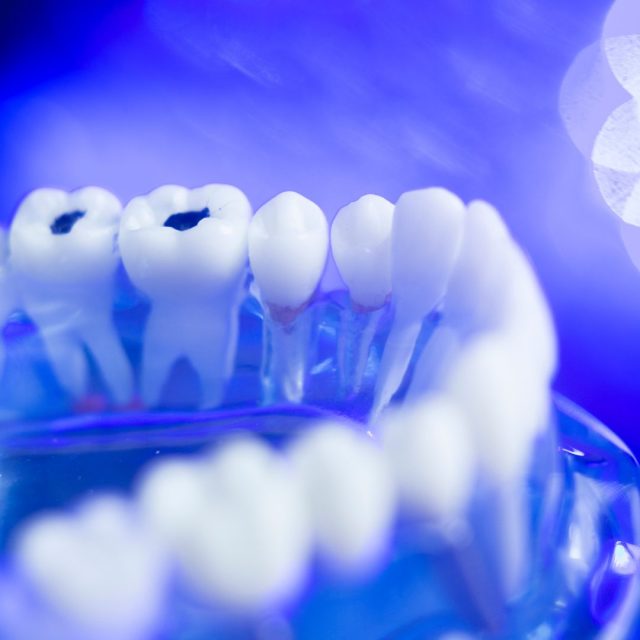Tooth Decay

Tooth decay is an infectious disease process that causes structural damage to teeth. Caries, if left untreated, causes pain and tooth loss. In the most severe case, the infection can spread to the “cavernous sinus,” an air cell behind the eye, from which it can enter the brain. Tooth decay is more than just the inconvenience of “drilling and filling”: it can alter a person’s diet, speech, quality of life, and overall well-being. Oral diseases range from cavities to cancer and affect millions of Americans each year, causing pain and disability.
The mouth is an atmosphere wherein living organisms always engage with every other element inside their environment. The oral surroundings is likewise loaded with bacteria. There are greater bacteria in a single mouth than there are human beings who’ve ever lived on the earth. Certain of those bacteria have the capacity to motive decay. Specific bacteria (mutans streptococci and lactobacilli) attach to dental plaque, the whitish sticky film that forms on teeth in the absence of effective oral hygiene. When sugars or carbohydrates are consumed, these bacteria have the ability to break them down for use in their own metabolism. Early de-mineralization of the enamel can be seen as a white spot on the tooth.
Dental decay is a worldwide problem, particularly among young children. Tooth decay affects more than one-fourth of children aged 2 to 5, and half of those aged 12 to 15. Low-income children are the most affected: roughly half of those aged 6 to 19 have decay. In addition to pain and other dysfunction, untreated cavities can cause absenteeism from school and other social interactions, as well as low weight and poor appearance issues, all of which can severely limit a child’s ability to succeed in life.
If you want to know more about dental treatment in Turkey click on the link.
Not everyone is at the same risk of developing dental caries; this is complicated further by the fact that the risk is dynamic and changes on a daily and long-term basis. As a result, determining the level of risk is critical.
You can see now that prevention doesn’t simply mean brush and floss and don’t eat sugar.
Prevention aims to shift the balance in favor of promoting health in three main areas:
– Protecting the teeth from caries
– Identifying and reducing acid-producing bacteria
– Controlling diet
We suggest that also read the article (What is the ideal dental travel destination?) by click on the link.

